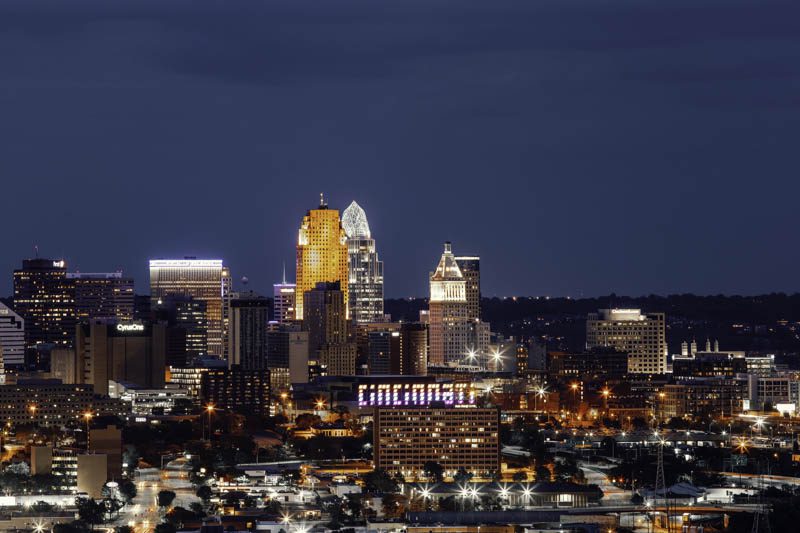Home » Cost Guides » Ohio Cost Guides » How Much Does it Cost to Build a House in Cincinnati?
Cincinnati is the third largest city in Ohio, after Columbus and Cleveland. Nicknamed the “Queen City”, it is the birthplace of professional baseball, and was home to historical figures like the 27th president of the U.S. William Howard Taft, and Apollo 11 astronaut Neil Armstrong. It is also home to three major sports teams: the Cincinnati Reds of Major League Baseball, the Cincinnati Bengals of the National Football League, and FC Cincinnati of Major League Soccer. The city currently houses six Fortune 500 companies, including P&G, Kroger, Fifth Third Bank, and the American Financial Group.
With the COVID-19 pandemic, people were forced into isolation and remote activities to lessen the risk of contracting the virus. Almost two years into the new normal, homebuyers are seeking bigger homes, with bigger offices, and closer proximity to open spaces. This boosted home prices all over the country, pushing demand and decreasing inventory at a historical pace. In comparison to other cities, Cincinnati remains affordable, even to millennials. Niche ranks the city as the 43rd Best City for Young Professionals, which is based on the number of millennial residents, job opportunities, and access to bars, restaurants, and affordable housing. Millennial home ownership in the city is at 57%, according to Builder Online, which also ranks Cincinnati on the fourth spot of its Top Entry-Level Housing Markets list for 2022. The Trust for Public Land (TPL) also places Cincinnati on the 8th spot on ParkScore, which ranks the biggest cities in the U.S. based on the availability of parks in the area. According to TPL, 87% of the city’s residents live within a 10-minute walk of a park, which is greater than the national average 55%.
With that being said, prospective residents and developers ask: how much does it cost to build a home in Cincinnati?
The Cost of Building a Home in Cincinnati
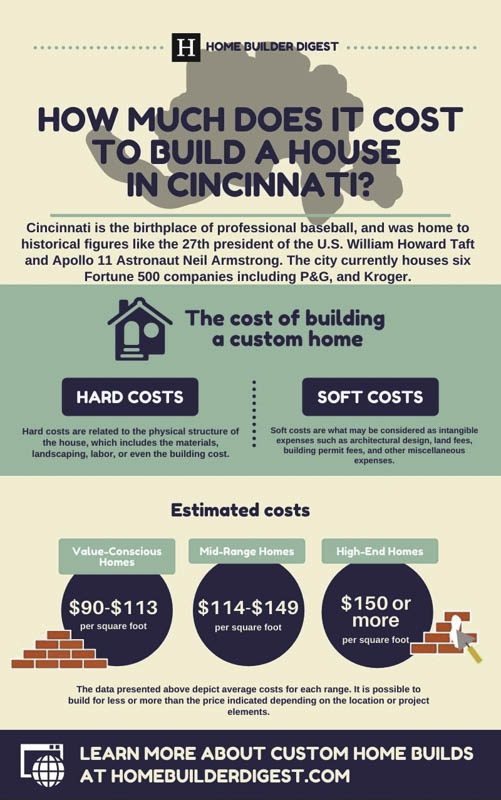
According to Ramsey Solutions, it costs $222,000 to build a 2,000-square-foot home in Ohio, or roughly $111 per square foot. Ohio REALTORS reported that the median sale price in the state was $239,295 for 2021, which is 12.3% higher than the previous year. For Cincinnati, Realtor reports that the average price of homes as of December 2021 was $219,900, or $138 per square foot.
The price of a custom home in Cincinnati varies with the materials, labor, and professional services needed to construct it. New home construction typically includes factors that fluctuate independently, such as framing, foundation, plumbing, interior, and exterior finishes. It also includes architecture and design fees, permit fees, land fees, and other custom features. All of these costs can fall into either the hard or soft costs of building a home.
Hard Costs
The hard costs are expenses that fund the physical structure and construction of the house. These include the materials, landscaping, labor, and even the total building value. Consumer Affairs shares that the total cost of new home construction in Cincinnati can be anywhere between $150,000 and $450,000, or around $90 to $150 per square foot. According to Upgraded Home, the average cost to build in the city is around $113.58 per square foot.
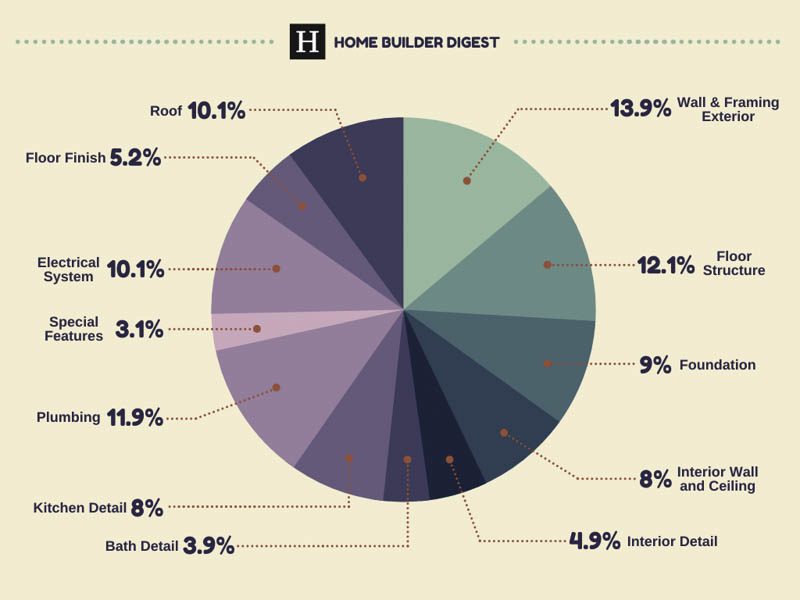
Figure 1. Typical cost breakdown of a single-family home constructed using the conventional method, according to Home Builder Digest. Image Source: National Cost Guide.
The supply chain issues in the past year have slowed construction processes, with projects taking a few more months to complete in addition to the original timeframe. Lumber prices skyrocketed in 2021, and reached the peak of close to $1,700 per thousand board feet around May. Since then, the cost of lumber has eased, which is now around $1,000 as of December, with a pre-tariff price of $525. For the exteriors, roofing in Cincinnati costs around $5,500 to $6,500, depending on several factors such as the shingle type, pitch, and roof size. Landscaping design and installation may cost anywhere from $1,955 to $6,970, which, according to American Landscapes, may vary with the project size, furnishing costs, project complexity, and the types of greeneries that the client prefers.
The Cincinnati climate can be described as “continental,” which has freezing winters and warm to hot summers. On average, the city gets around 44 inches of rain annually, which is higher than the national average rainfall of 38 inches. Installing a good heating, ventilation, and air conditioning (HVAC) system may help prepare your home for the temperature and humidity. Depending on the brand, type, and building size, installing a new HVAC system may cost around $2,846 to $14,230.
Soft Costs
Soft costs are the expenses that go beyond the actual construction of the home, such as architectural design, land development fees, building permit fees, engineering fees, and other miscellaneous expenses.
Cost of the Land
In constructing your new home, getting the best lot is crucial for the process. Generally, prices may vary due to factors like proximity from metropolitan areas, view, amenities, and land topography. As per RedFin, land costs in Cincinnati can go as low as $4,500 for a 1,500-square-foot property, or as high as $649,000 for a 1.87-acre estate, or around 81,457.2 square feet in area. This value may still increase depending on the development status of the lot since some of the listed properties may be undeveloped for residential construction.
Permits and Other Fees
Permit applications may be submitted to the City of Cincinnati Permit Center preferably online, but by mail or in person are also acceptable. All permit applications require a one-time, non-refundable fee of $37, to be paid once the application is submitted. There are also three tiers for the building plan review under the Department of Buildings & Inspections. Tier 1 for residential projects, or those covered by the Residential Code of Ohio (RCO), involve detached garages, sheds, decks, alterations, and additions that are less than 400 square feet. Tier 2 for RCO are plans that include detached garages, sheds, decks, alterations, and additions that are greater than 400 square feet, and can be reviewed within 45 minutes. Lastly, for RCOs in Tier 3, new home construction and the remaining projects are included. The computation of fees for residential projects depend on various factors, such as if the project does not have plans, or if it is a RCO project with plans. The valuation projects over $50,000 is as follows:
$856 + $9.31 x (VALUATION/$1,000)
There are also surcharges included in the computation of the permit fees:

In addition to those listed in the chart above, there is also the state surcharge for 1-, 2-, and 3-family detached dwellings, which will be an additional 1% as required.
According to Ashford Homes, Cincinnati home builders are required to secure at least three building permits before breaking ground: the occupancy, septic, and utility permits. Overall, it may cost around $500 to $2,000 for the permit fees of a new single family construction.
Architecture and Design Fees
Architecture and design fees vary with the size, scope, and complexity of a project. The needs and lifestyle of the client also contribute to the overall or final design. Some project designs may be simple and straightforward, while some may require extensive research and attention to detail. Typically, the cost of architecture and design is computed using a percentage from the total construction cost, but some firms and professionals may charge a fixed rate. Nationally, architect rates range anywhere between 5 and 20%. Per HomeAdvisor, architect fees in Cincinnati cost an average of $2,916, with the typical range being $1,450 to $4,750.
How do the custom home building costs in Cincinnati compare to other nearby cities?
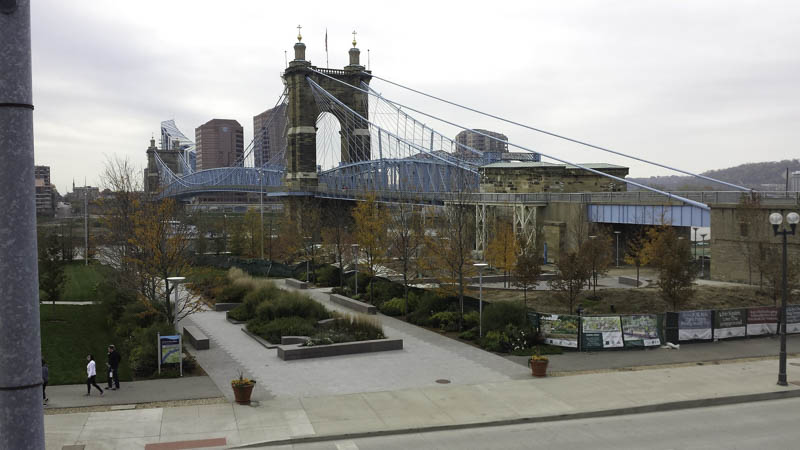
In December 2021, home prices in Cincinnati as per Realtor were 10.5% higher than the previous year. As per Realtor, the city is a buyers’ market, where the supply of homes is greater than the demand for it. Some homes get multiple offers, and RedFin considers its market as somewhat competitive. On average, homes sell at 1% lower than the listing price, but in demand homes can increase by 3%. Some neighborhoods in Cincinnati are relatively affordable, like East Price Hill, where the median listing price according to Realtor is around $116,500, or around $88 per square foot. Other neighborhoods have high median listing prices, like Mount Lookout, which is at $410,000, or $243 per square foot.
Cleveland
For Cleveland, Consumer Affairs reports that it costs an average of $350,000 to build a home, which is higher than the state average. According to RedFin, as of December 2021, the median home price in the city is $113,000, which is 13% greater than December 2020. Homes spend around 39 days on the market before it gets sold, which is three days higher than the previous year.
Norwood
Homes in Norwood range from $78,000 to $1,100,000. As of January 2022, the median listing price in the city according to Realtor is $199,900, with the average price per square foot at $149.
What Leading Custom Home Builders and Architects that Serve the Cincinnati Area Say
John Hensley of the Hensley Custom Building Group shares that middle range homes are around $300 per square foot, while high end homes can cost around $700 per square foot. For the housing market, Hensley states that the market seems strong into 2022, but hopes that the supply chain issues will soon improve. Within the Premier Builders Group, which is a National Association of Home Builders (NAHB) Builder 20 Club, they repriced single homes each year for ten years. They found out that it went up 10% annually, or a total of 100% after 10 years, with materials increasing in quality and homes getting larger in size. Regardless of the trends, buyers may still just design and build what they want.
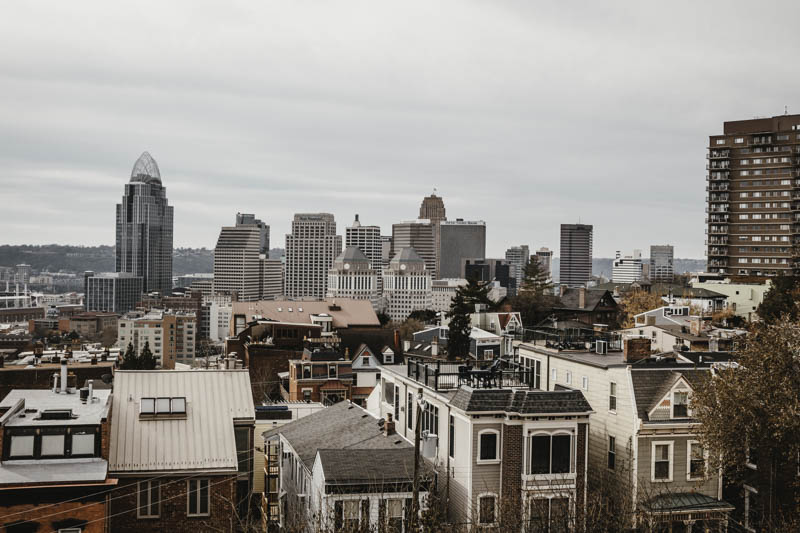
Drawing Dept deals with high-end custom residential projects. According to Rob Busch, the firm’s founding partner, they do not view projects based on the budget range since every project is different; however, Drawing Dept ensures that the experience is customer-centric and thorough when it comes to the design process. Estimates are still provided with the proposal, and based on Busch’s experience, architectural fees are between 10 and 15% of the construction cost. As for the cost trends and the current status of the construction industry, supply chain issues continue to be unpredictable and problematic. It also contributed to the increase in both material and labor costs. Busch advises project owners to be patient and prepared. Pre-planning and working with an architect and general contractor in advance can allow a homeowner to have an organized building process. Planning properly and making a wider selection of materials in advance may make the construction quicker and more efficient. While it might seem more costly to work everything out on paper with an architect prior to a project, it will improve several factors such as homeowner stress, contractor efficiency, and construction cost derivation once the project starts.
Jeff Wieland of Wieland Builders shares that nearly all homes in Ohio have basements, and that it is up to the client if they prefer the builders to finish it during the construction. When it comes to square footage, the livable area can be divided into above grade and below grade, as well as into traditional, two-story, and ranch with a single floor structure. This does not include porches, garages, or unfinished basements. For the industry outlook, Wieland says that commodity pricing has been hit the hardest recently, such as metal, PVC, and copper. As for lumber, the price fluctuates often, but now it is higher and it might not change soon. Wieland believes that what happens in the construction industry is that people receive news of a price increase, and follow accordingly even without actually experiencing the hike. If customers accept the change, it becomes easier for suppliers to pass along the increase. Traditionally, builders have always been conscious of the cost; now, they have instituted an “Escalation Clause,” which indicates that if ever there is an increase in material prices, then the client will have to shoulder the change. When costs rise, it might slow things down at some point, and being prepared for that moment is the key to a smoother construction process. Wieland advises project owners to communicate with their builder and form a trustworthy relationship.
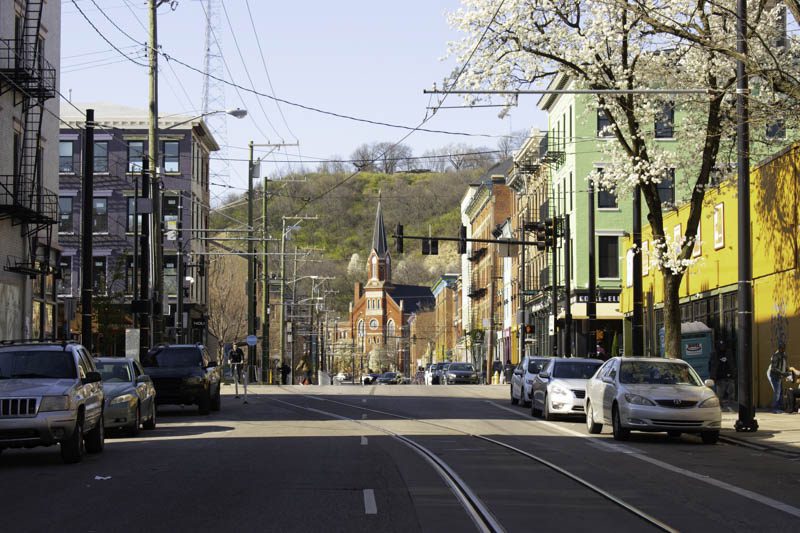
Mark Dunkley, principal architect of Mark Dunkley Architecture and Design, shares that a large section of construction experts and suppliers decided to leave the industry, and with them are their experience and talent. Computing the cost of fees can be tricky due to various factors, one of them being the pandemic, which prevented supplies from reaching the jobsite. Generally, the shortage in labor, huge delays in materials, and surprisingly high demand for new homes or remodels all have pushed construction costs to new heights. When it comes to designing the home, the architect may help the client, along with a team of professionals. Getting a knowledgeable general contractor that can coordinate with the architect early in the process is recommended. A licensed surveyor can perform a detailed survey of the property, and document the utilities, topography, landscape, etc. Depending on the site, a geotechnical engineer may also help analyze if the land has the proper conditions to bear the foundation, or if there are other issues such as shifting soil or unsuitable fill. Some projects may require a big team of consultants, which may include mechanical engineers, structural engineers, civil engineers, landscape architects, and others.
As for the cost range, Dunkley specifies the percentages and some of the activities that accompany these costs. A value-conscious project may cost around $175 to $225 per square foot. The size of the design team will be limited to provide the permit set of drawings, with the client willing to do leg work on their own. This would cost anywhere from 6 to 8% of the total project cost. A mid-range home costs around $275 to $375 per square foot, and the design would require more details and construction observation, like routine site visits, and could be anywhere between 8 and 12% of the total construction cost. Lastly, for high-end or luxury homes, which may cost somewhere from $500 to $1,200 per square foot, architecture and design fees could range from 12 to 20% of the construction. Dunkley uses the mentioned ranges to give their clients an idea of the soft costs, but an hourly invoice is given.

There are also the various permits and fees such as zoning permit, building permit with mechanical, HomeOwners’ Association or Architectural Review Board review and process, health department, curb cuts, electric, plumbing, etc. The total fees and construction cost can go up or down depending on the services that the client may require, and it would be best for a prospective client to coordinate with local agencies to determine the cost.
For Sally Noble of Sally Noble Architects, she shares that the design fee and “soft costs” of a new home have several components. This typically includes Surveying, geotechnical exploration, structural engineering, septic design, permit costs, and variance costs, if necessary. Noble discusses that she has no “value-conscious” fee, but instead charges an hourly rate. The construction documents could cost at least $8,000 for a simple home. She believes that every set of plans should be complete regardless of the budget, which can save money during the construction process. Noble adds that custom home drawings from her firm range from $12,000 to $15,000, or even more if the house is either larger or situated in a challenging site.
The Future of Cincinnati’s Residential Construction Industry
The COVID-19 pandemic affected the world’s economy, with businesses closing and taxes increasing. Home builders in Cincinnati may have to deal with inflation due to the increasing costs and delivery times, especially on appliances and other home components. Zillow predicts that home values in the Cincinnati metropolitan area will rise by 12.1% within the next 12 months. Affordable housing has become an even greater concern with the onset of the pandemic, and with people looking for new homes, it has become more difficult for prices to slow down. The Port of Greater Cincinnati Development Authority recently bought 200 rental homes throughout Hamilton County, which includes Cincinnati. The government entity beat private investors, in an effort to keep the market affordable. Since the 2008 financial crisis, Cincinnati has become prone to investors purchasing low-cost homes, to rent them out with steep down payments. The Port aims to upgrade the properties and sell them to low and middle income buyers. The city government has also made an effort to keep the housing market economic and boost housing production by giving tax exemptions to developers who are looking to build certain types of homes.
Considering building a home in Cincinnati?
Contact us for a free consultation

